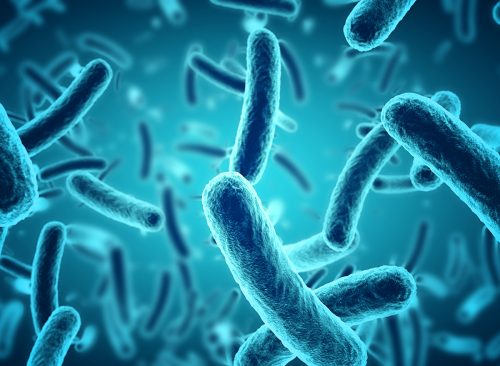Scientists Revive “Zombie Viruses” That Were Frozen 48,500 Years Ago
Should you worry? Long-dormant organisms are emerging as climate change melts permafrost in the Arctic.

It sounds like something out of The X-Files: Scientists have revived viruses that had lain dormant in the frozen ground of the Arctic for as long as 48,500 years. Jean-Michel Claverie, an emeritus professor of medicine and genomics at the Aix-Marseille University School of Medicine in Marseille, France, calls them “zombie viruses.” Why do this? Scientists are concerned about the reappearance of organisms in permafrost — soil that remains frozen beneath the surface of the ground — as climate change thaws places that have not melted for tens of thousands of years. “There’s a lot going on with the permafrost that is of concern, and [it] really shows why it’s super important that we keep as much of the permafrost frozen as possible,” said Kimberley Miner, a climate scientist at the NASA Jet Propulsion Laboratory at the California Institute of Technology in Pasadena, California. Here’s what you need to know.
What Is Happening in the Arctic?

Climate change is warming the Arctic up to four times faster than elsewhere, shrinking glaciers, melting sea ice and thawing the permafrost that covers about a fifth of the Northern Hemisphere, scientists say. The U.S. Environmental Protection Agency defines permafrost as rock or soil with ice that remains frozen for two or more years below the layer of soil that freezes and thaws every year. Permafrost preserves organisms by staying frozen and because it is an oxygen-free environment not penetrated by light.
What Scientists Have Found

As permafrost thaws, it releases dormant organisms such as viruses and microbes, as well as larger formerly living things. Russian scientists in 2012 revived 30,000-year-old seed tissue recovered from permafrost into a wildflower. Scientists have also brought microscopic animals back to life. Claverie is among scientists who have studied viruses released by permafrost thawing. He and his team revived a 30,000-year-old virus in 2012 and made it infectious again in cultured cells. He did so again in 2015, and in research published last month in the journal Viruses reported that he and his team isolated several ancient viruses from permafrost across Siberia and demonstrated that they could still infect cultured amoeba cells. The oldest was almost 48,500 years old; the youngest were 27,000 years old.
What It Means

Claverie said that the resurrection of ancient viruses may pose a public health threat. “We view these amoeba-infecting viruses as surrogates for all other possible viruses that might be in the permafrost,” Claverie told CNN.
“We see the traces of many, many, many other viruses,” Claverie said. “So we know they are there. We don’t know for sure that they are still alive. But our reasoning is that if the amoeba viruses are still alive, there is no reason why the other viruses will not be still alive, and capable of infecting their own hosts.”
Should You Worry?

Claverie and his team made sure to study viruses that could target only single-celled amoebas, not animals or humans, to minimize the risk of reviving an infectious agent that could pose a threat to them. But that doesn’t mean there aren’t others out there for which humans are not prepared. “You must remember our immune defense has been developed in close contact with microbiological surroundings,” said Birgitta Evengård, professor emerita at Umea University’s Department of Clinical Microbiology in Sweden. “If there is a virus hidden in the permafrost that we have not been in contact with for thousands of years, it might be that our immune defense is not sufficient,” Evengård added. “It is correct to have respect for the situation and be proactive and not just reactive. And the way to fight fear is to have knowledge.”
What’s Next

Identifying new viruses is only a first step, scientists say. Scientists must also monitor where permafrost is melting, and how quickly and how deeply, they add. “We’re really unclear as to how these microbes are going to interact with the modern environment,” JPL’s Miner said. “It’s not really an experiment that I think any of us want to run.”














